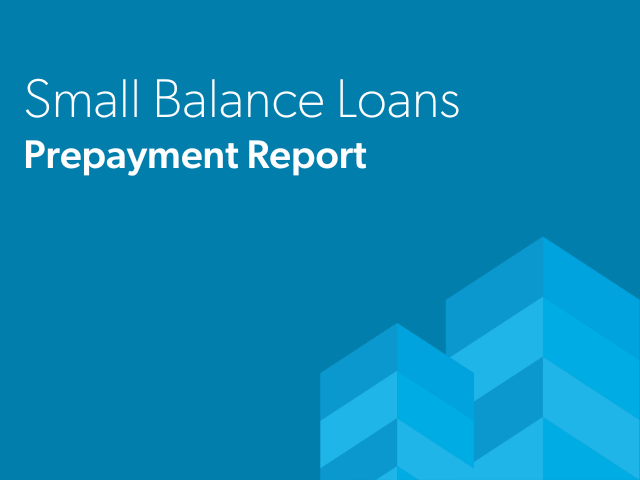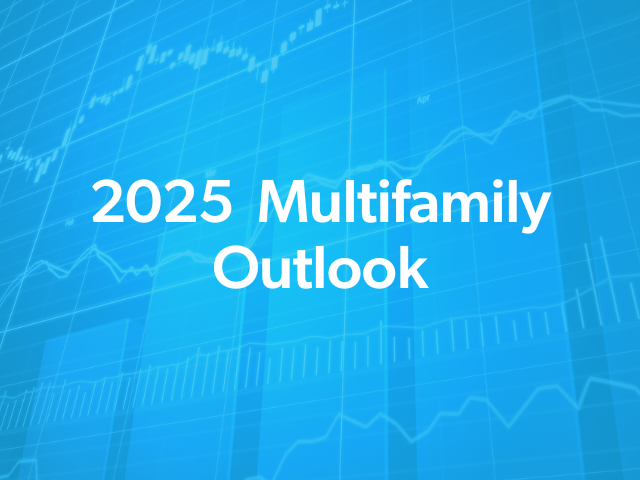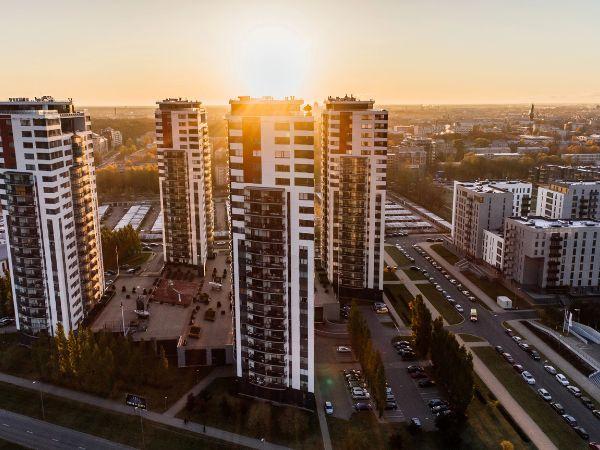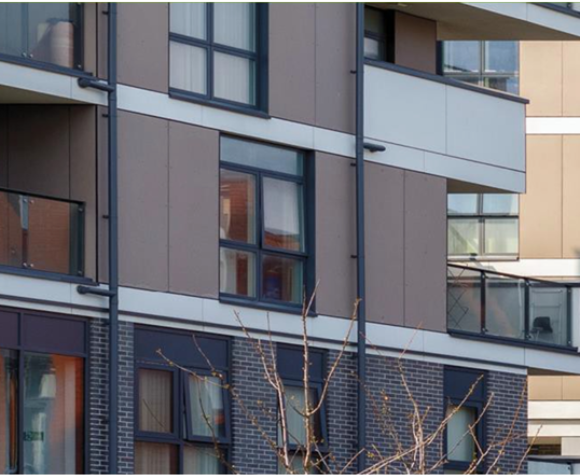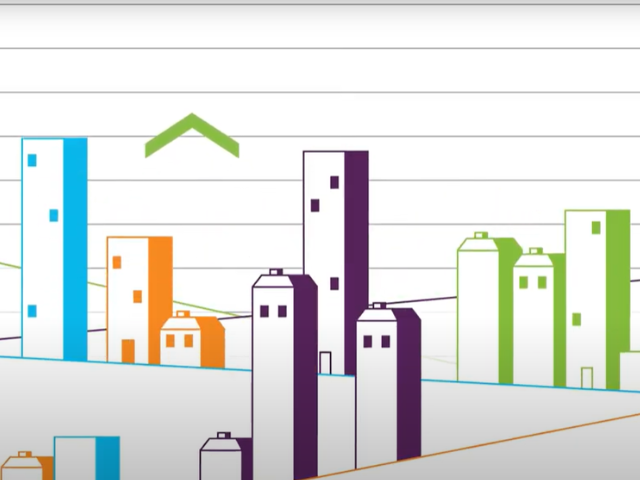New Multifamily Cap Rules: How They Could Impact Our Business
In November, the Federal Housing Finance Agency (FHFA) announced our 2021 volume cap and a new definition of mission-driven business. Whenever there is a change to these rules, it raises questions about how they will affect the competitive environment and whether there is a correlating change to the risk profile. We have received many inquiries for more information that would help paint a picture of how this year might play out: for various regions and markets, how it would impact our financing across business lines on the front end and how securitizations might also shift.
2019 and 2020 Would Have Met Current Mission Volume Rules
The new cap on our total origination volume is $70 billion. At least $35 billion of the new cap must be mission-driven business and $14 billion must be used to finance housing that is affordable at 60% area median income (AMI). We thought a good way to capture potential changes would be to apply the new rules to past business. By analyzing 2019 and 2020 through the lens of 2021’s rules, we see that overall, our past lending activity would have met the current volume cap rules.
Mission-Driven Markets May Change
The new mission rules classify a greater portion of business as mission-driven in most markets, but the new cap rules no longer have different affordability criteria depending on markets. Previously markets such as New York City and Miami, where tenants spend a relatively high percentage of their income on housing, were designated as cost-burdened rental markets and had higher AMI thresholds, under which the financing would be classified mission-driven or could even be excluded from the cap. In 2021, these markets receive the same treatment as other markets in the country. As a result, larger more expensive markets may see changes in volume.
Using the same threshold for high-cost burdened areas and low cost-burdened areas may incentivize a shift toward the lower-cost markets since a relatively lower percentage of units qualify as mission-driven business in high cost-burdened areas. The result is that we expect some business will flow from higher-cost areas like San Francisco and Los Angeles, to lower-cost areas such as Atlanta and Denver.
Units in rural areas, manufactured housing communities, and units in small multifamily properties may also see changes in volume, but likely to a lesser extent. Finally, seniors housing and Targeted Affordable Housing will not be affected by the rule change and those businesses will likely unfold the same way it has for the past few years.
Download the full report to learn more about how 2021 could take shape.


